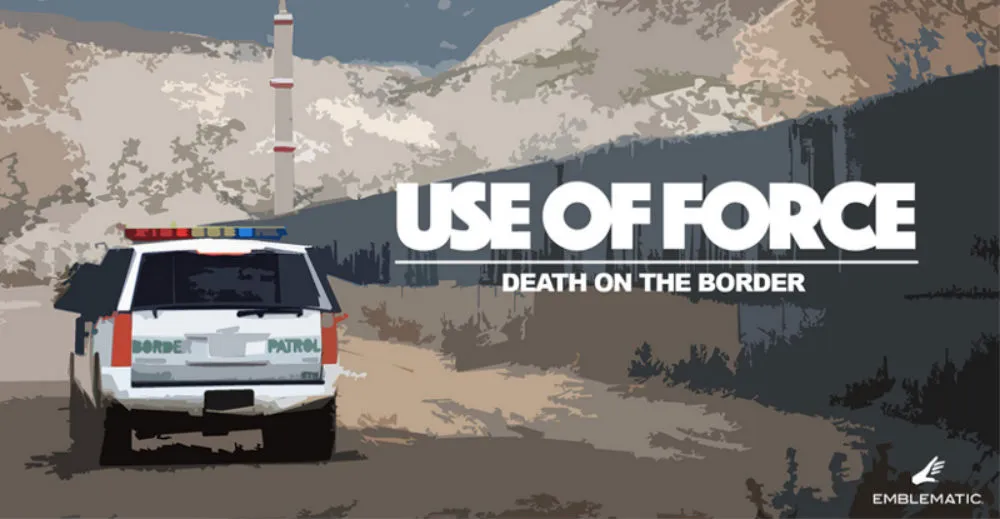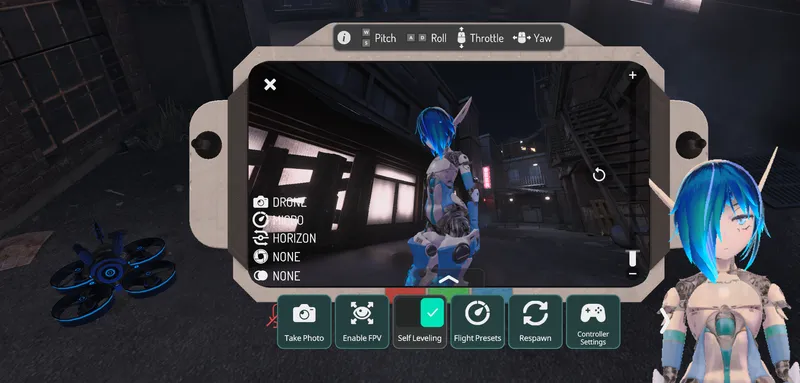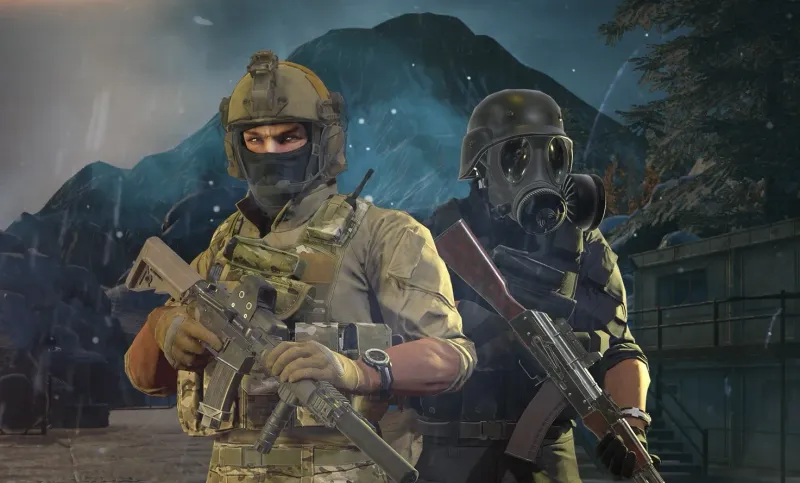This post is from the “Beyond The Headset” interview series.
Jamie Pallot is a co-founder of Emblematic Group, one of the world’s leading producers of immersive virtual reality content. The company’s work has been shown at the Sundance, Tribeca, and SXSW festivals; the World Economic Forum in Davos; the Victoria & Albert Museum in London; the Moscow Museum of Modern Art; and TEDWomen.
Pallot has a strong journalistic background and has a strong idea of what journalism is all about. We discuss how journalism can benefit tremendously from the rise of VR, but also how careful journalists must be to make sure they accurately present events.
Where did this whole idea of emotional narrative and journalism based in the arts come from?
JP: It came from Nonny [de la Peña, Emblematic founder]; she first coined the phrase about VR being the ultimate empathy machine, when she was running the VR lab at USC way back in 2009. She worked with some of the leading academics in the field, including people like Mel Slater at the University of Barcelona, and she incorporated a lot of her academic findings into her early work.
Nonny built a replica of Guantanamo Bay in Second Life, and then got interested in ‘walk around,’ spatial narrative. She made Hunger in L.A., the first VR documentary, when she was still at USC. It was a recreation of an incident at a downtown food bank, where a man who was diabetic didn’t get his food in time and he collapsed into a coma. It was a dramatic incident that happened to be captured on audio by an intern, and Nonny decided to make into a volumetric VR experience, to be able to put people literally on scene.
I saw Nonny’s TED talk a while back. There was a lot of VR research done in USC. (click here to see my interviews with Skip Rizzo, a leading researcher in therapeutic VR based out of USC)
JP: Yes, Nonny was one of the first to investigate, in a concrete way, this idea of presence — of your mind telling your body that you’re someplace else, in a way that ups your empathetic response to what you see. And there was actually a lot of pressure from peers and colleagues against her making that first piece, Hunger.
On the one hand, there was kind of a practical, logistic resistance — ’You can’t do that,’ meaning it’s not technically possible. But there was also resistance from a journalistic, ethical viewpoint — ’You can’t do that,’ meaning, you’re not allowed to do that, that it’s somehow wrong to use this medium to tell people’s stories in this way.
So, when Hunger finally went to Sundance in 2012, I think that was a very satisfying moment, because hundreds of people got inside this piece, and saw this man collapsing, and they were moved, sometimes to tears. We have endless photos of people getting down on their knees to try and help this person, to respond to him. So, that was a strong early affirmation of the power of VR to generate empathy.
VR and AR are so powerful and not everyone is interested in merely playing video games.
JP: I think it’s safe to say we’re pioneers in non-gaming VR. But, having said that, gamification is still very important to us. Our third partner in the company, Michael Licht, has an extensive history in video games, and gaming has a lot to tell us about how we tell stories in this medium. The difference is that we’re using those techniques, not just to give you a thrill, but hopefully to educate you and move you emotionally.
Where are these experiences published?
JP: We’re in the process of making our pieces available in all of the platforms that are opening up. Project Syria, the refugee piece that we made for the World Economic Forum, is now up on Steam (where it’s been getting a lot of racist, anti-immigrant feedback, fyi.) Kiya, the piece we made about domestic violence, was originally produced for Al-Jazeera America but is available on The New York Times VR app.
And we co-developed one of the first apps to be launched on the Google Daydream with The Wall Street Journal, which you can find on Google Play. That’s a bit of a departure for us — it’s a 3D visualization of live data from the U.S. stock markets. So it’s not in our typical social impact field. But it is a testament to what can be done now with mobile devices: it’s kind of mind-blowing how much more you can do with Daydream, just thanks to that little controller. Interactivity!
What has the reception been like from traditional media channels?
JP: The reception has been amazing. Two of our biggest partners are the Times and the Journal, so you can’t ask for much better journalistic validation than that. And we’re also now deep into our partnership with Frontline, on a project funded by the Knight Foundation, to make a series of docs in VR and to craft and share guidelines for best practices on journalism in VR. That’s turning out to be an amazing partnership, and we can’t wait to get some of that work out there.
Do you see big media companies creating their own VR/AR experiences in the future? I know they’re already investing in 360° video, but do you see them opening their own departments and sections and working in this medium on their own?
JP: Obviously I can’t speak to the strategic plans for these organizations, but judging on past examples — like when web video was emerging — I guess it’ll be a combination. Big companies will likely build in-house production teams, but supplement their work by going outside to specialized shops. That applies even more so to VR, because this medium is so specific and it’s changing so fast, with new developments like photogrammetry and volumetric video capture.
Something I really admire about you guys is that unlike most of the companies in VR right now, you guys come from a journalism background, so you bring along all that experience in journalism.
JP: Well, journalism is very much part of Nonny’s DNA. She was the youngest correspondent ever hired by Newsweek, and she’s written for the Times, and she’s made traditional 2D documentaries. And I come from the publishing world so yes, that is kind of the bedrock of what we do.
Here’s the thing: Along comes this new medium which has the power to do stuff unlike any other medium has in the past. It produces a greater emotional response; it can literally trick your mind into thinking your body is someplace else. It’s taking that whole Walter Kronkite journalistic vision of “You Are There” to a level we never dreamed of even five or ten years ago.
It also raises some interesting ethical questions because, what if we take you there, but that’s not actually what it was like? In the same way an image can be photoshopped to tamper with the original? VR has that potential to the power of ten. So, it’s a very powerful tool, one we have to be really scrupulous and conscientious in using. That’s why we insist on only using verified sources and original actual materials and documents to build our pieces. And that’s another reason why our Frontline partnership is so fruitful. Working through theses issues of ethics and integrity with that team, who are really the standard-bearers for documentary ethics, is really fascinating.
This post originally appeared on “Beyond The Headset”.



























